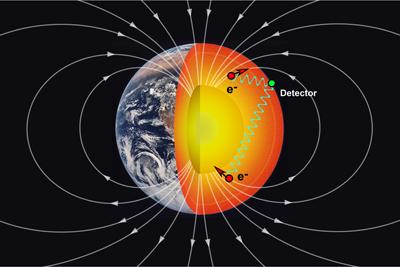Gone in 100 Seconds: A Historic Look at Pluto

by William Sweet
This summer three Amherst students traveled to the other end of the world to glimpse the other end of the solar system.
Carolina Carriazo '18, Jason Mackie '17 and Aaron Resnick '16, on an internship with the Southwest Research Institute, trekked to New Zealand and Australia to spend 100 seconds watching Pluto block a distant star, affording once-in-a-lifetime views of the dwarf planet’s atmosphere.

